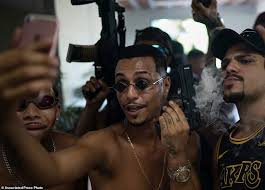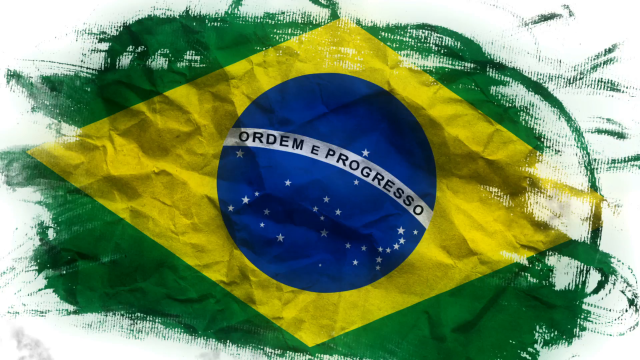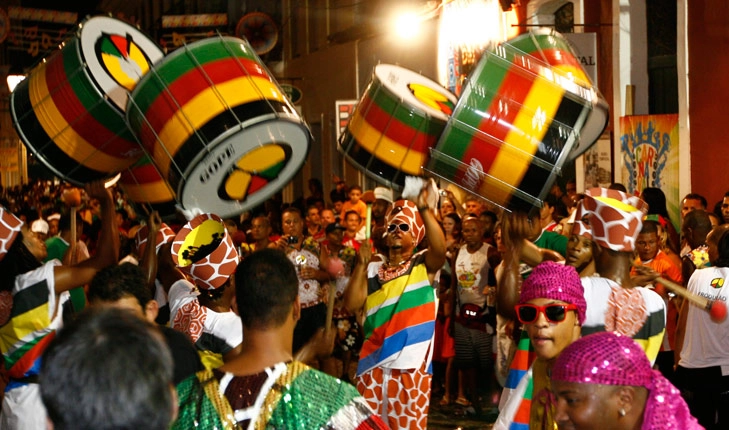
In the heart of Jardim Catarina, one of the roughest communities in São Gonçalo, Rio de Janeiro, trap artist Marcos Borges—known to fans as MbNaVoz—livestreams himself gripping an Airsoft gun. He’s shooting a music video for his track Se Tem Glock (“If There’s a Glock”), a gritty anthem that reflects the tension, swagger, and raw energy of Brazil’s underground trap movement.
But despite the hyper-realistic props and street-tough lyrics, Borges—like many of his peers—isn’t a gangster. He’s a performer. A storyteller. And in the world of Brazilian trap, the line between theater and threat is razor thin.
This wave of homegrown trap, fueled by millions of YouTube views and fueled by life in the favelas, flirts constantly with the aesthetic of criminal life. Artists flash fake firearms, pose in alleyways controlled by drug traffickers, and rap with the kind of bravado that echoes cartel kingpins. For outsiders, it may be hard to tell what’s real. But those in the scene know the difference.
“Most of us grew up right next to crime,” says Filipe Toledo, known by his stage name Lidinho 22. “We saw boys our age become lookouts, runners, even enforcers. Some of them are still our friends.”
During a recent shoot, Toledo popped a plastic magazine into a replica gun and aimed it at the lens. “Our weapon is our voice,” he said. “Our ammunition is our lyrics.” Then, with a smirk, he pulled the trigger. “Boom.”
In communities like Jardim Catarina, where opportunity is scarce and tension is thick, trap has become more than music—it’s a survival strategy. For many artists, adopting the look of a gangster is a way to be seen, to be heard, and to gain respect in a society that too often overlooks them.
But not everyone is convinced. Critics argue the genre flirts too closely with the glorification of crime. Others defend it as an artistic reflection of the environment—hard truths told through harder beats.
Whether it’s performance art or aspirational edge, Brazil’s trap scene pulses with raw authenticity. And for artists like MbNaVoz and Lidinho 22, it’s not about promoting violence—it’s about rewriting their stories, one verse at a time.





